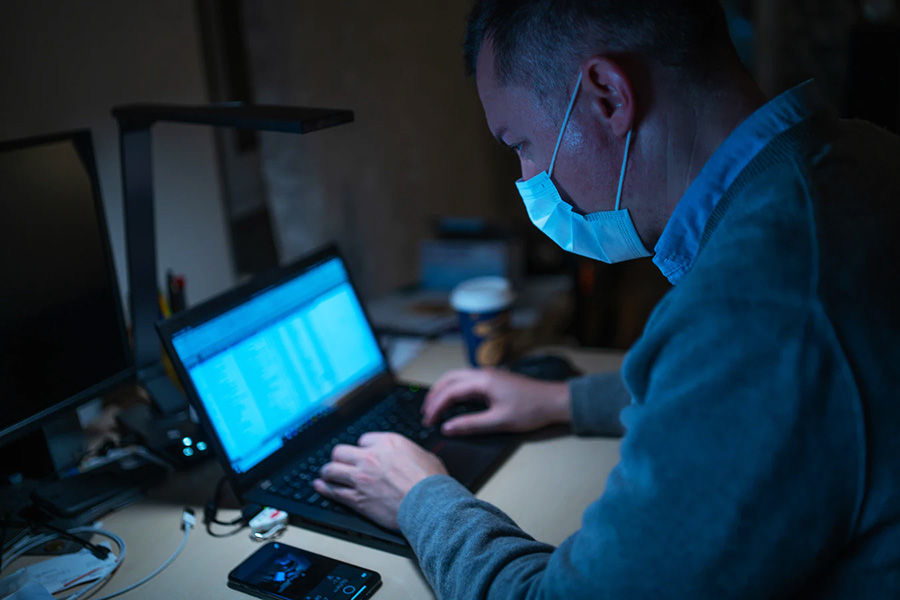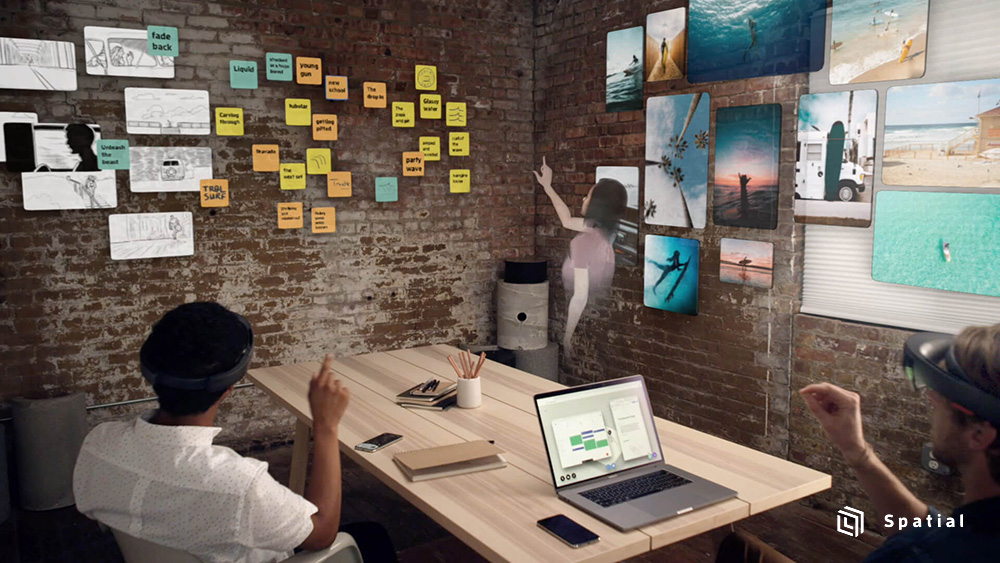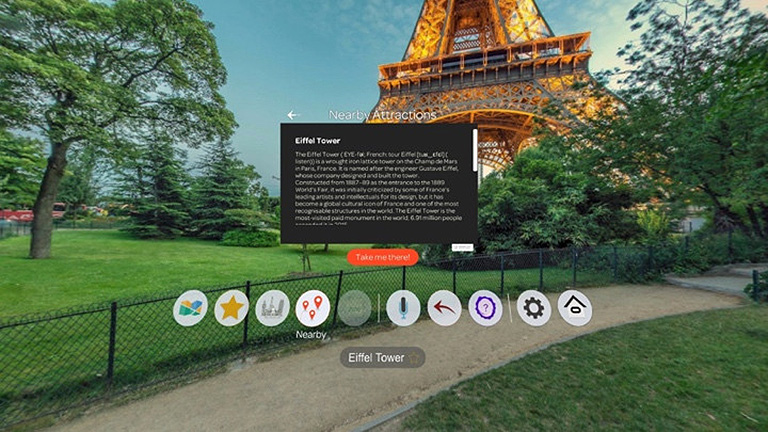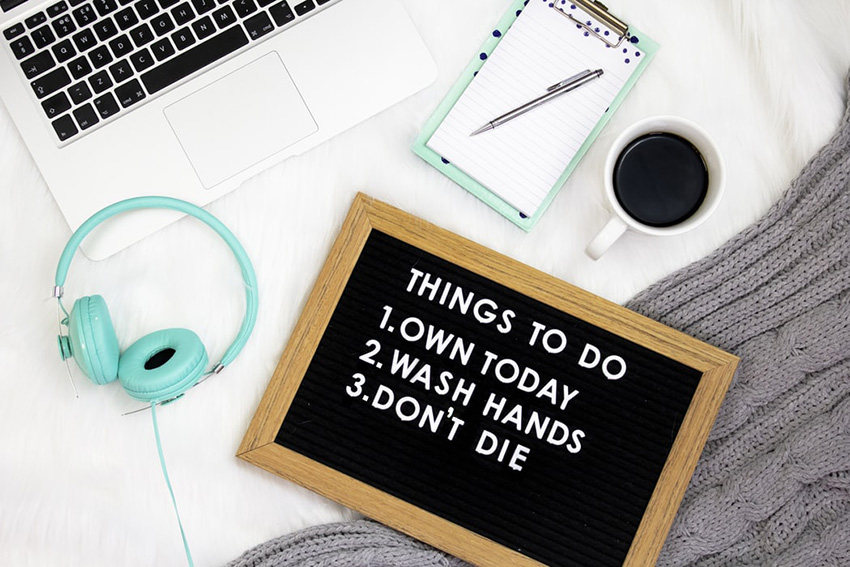COVID-19 Quarantined Workers Turn to VR
Telecommuting may now be commonplace among the global workforce but the spread of the novel human coronavirus COVID-19 is putting stress on many parts of the national and international infrastructure. As millions of workers face unemployment, furlough, and loss of income, not to mention serious illness and even death, there is something of a silver lining. A decade ago, we would’ve been much worse off. Working from home is no longer the luxury it was once seen as. It is now a necessity. And VR can help in truly valuable ways.

A Global Virtual Office
Along with the more immediately accessible video conferencing and remote working apps like Zoom, Slack, and Skype, Virtual and Augmented Reality apps like Spatial aid remote work in a huge variety of ways. A 3D model of a proposed product can be shown in VR with colleagues given a chance to observe it from all angles, graphically ID potential issues, and directly discuss options with designers and engineers. Office workers sent home due to COVID can enter virtual simulations of office spaces to retain a sense of camaraderie during voluntary or mandatory self-isolation.

Even musicians facing canceled tours and a massive drop in income are embracing VR to stream live concerts from home to a worldwide crowd of fans gathering in virtual space, simulating and even replicating the social experience. As entire cities shut down and industries scramble to move its workforce to remote work, an even greater focus on VR is inevitable.
Maintaining a Work-Life Balance

The resources required for fluid telecommuting and remote work can be taxing, not only financially but mentally. Many quarantined workers are finding their stress levels running rampant, their mental health deteriorating. Not at all limited to keeping people working, VR also offers a respite from an increasingly threatening global atmosphere. Friends unable to see each other are taking walks together in Wander, virtually living out a vacation that may have been canceled by COVID. Friends are visiting each other’s virtual screening rooms in lieu of sharing popcorn at the Cineplex.
Keep Calm and Go Virtual
Online gaming marketplace Steam has reached a historic number of concurrent online users over the weekend of March 14-15, rising above 20 million users. SteamVR is also seeing an uptick in use, though not as steep as traditional gaming. Even the early-adopters of the gaming world provide evidence of VR’s lagging integration. Many tech analysts and pundits predicted more rampant adoption. Still, it could, unfortunately, take a global crisis of COVID proportions to cement VR’s use for work or play (or both) in your average working-class and middle-class homes. Kids, as they so often do, are proving an accelerant and some of the most inventive, resourceful users of tech amid COVID. Japanese elementary school students home from school held a graduation ceremony to celebrate their academic accomplishments together in the blocky pixilated world of Minecraft. If the VR hardware supply is maintained, they could soon be creating similar VR counterparts for missed real-world events.

As the COVID-19 pandemic worsens across the globe, the true test of VR’s ability to connect individuals and unite a global community through virtual social interactions, and to maintain productivity, will become increasingly important.
We have the technology. We have a reason. We just need the will.

